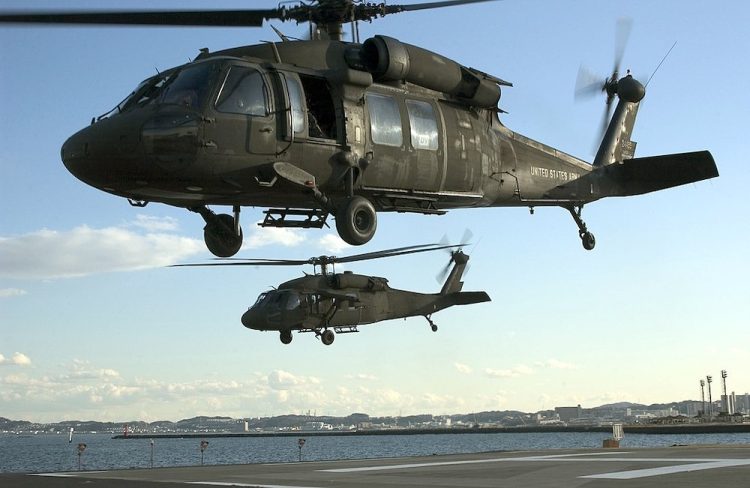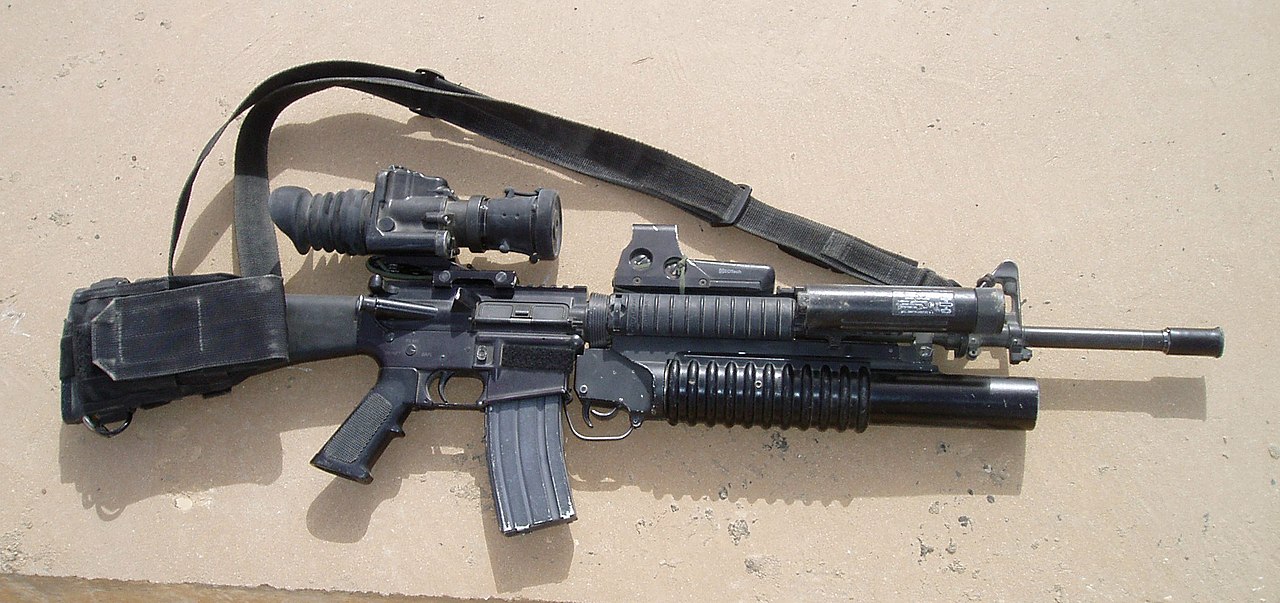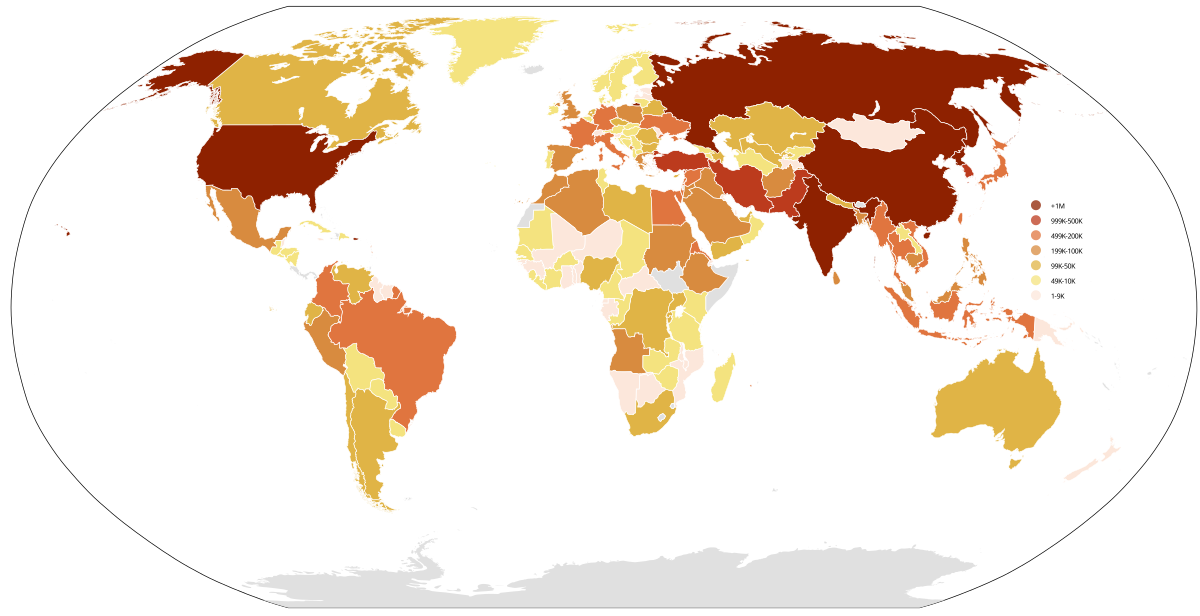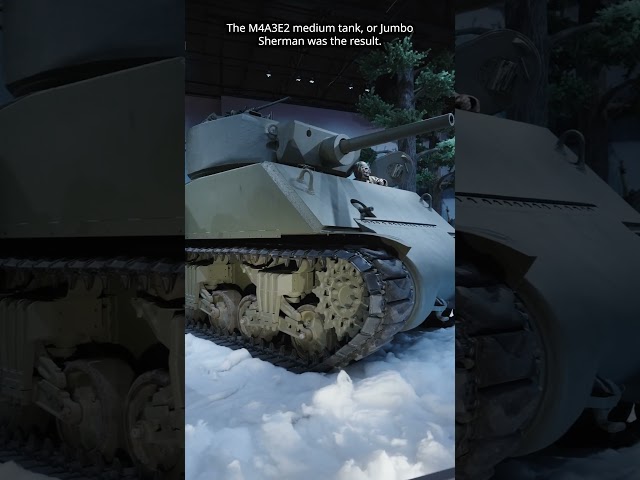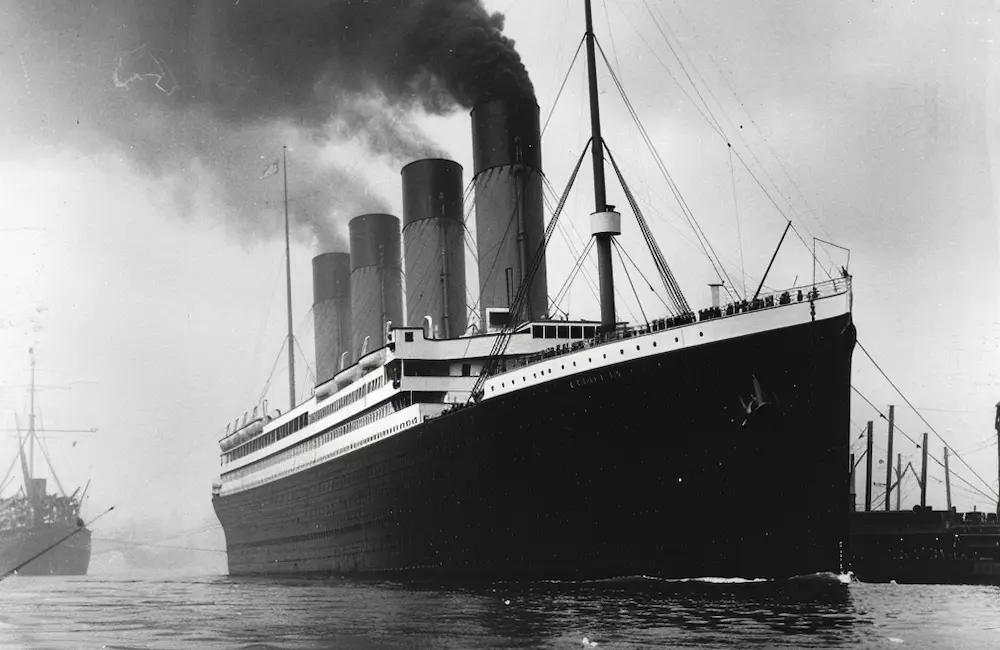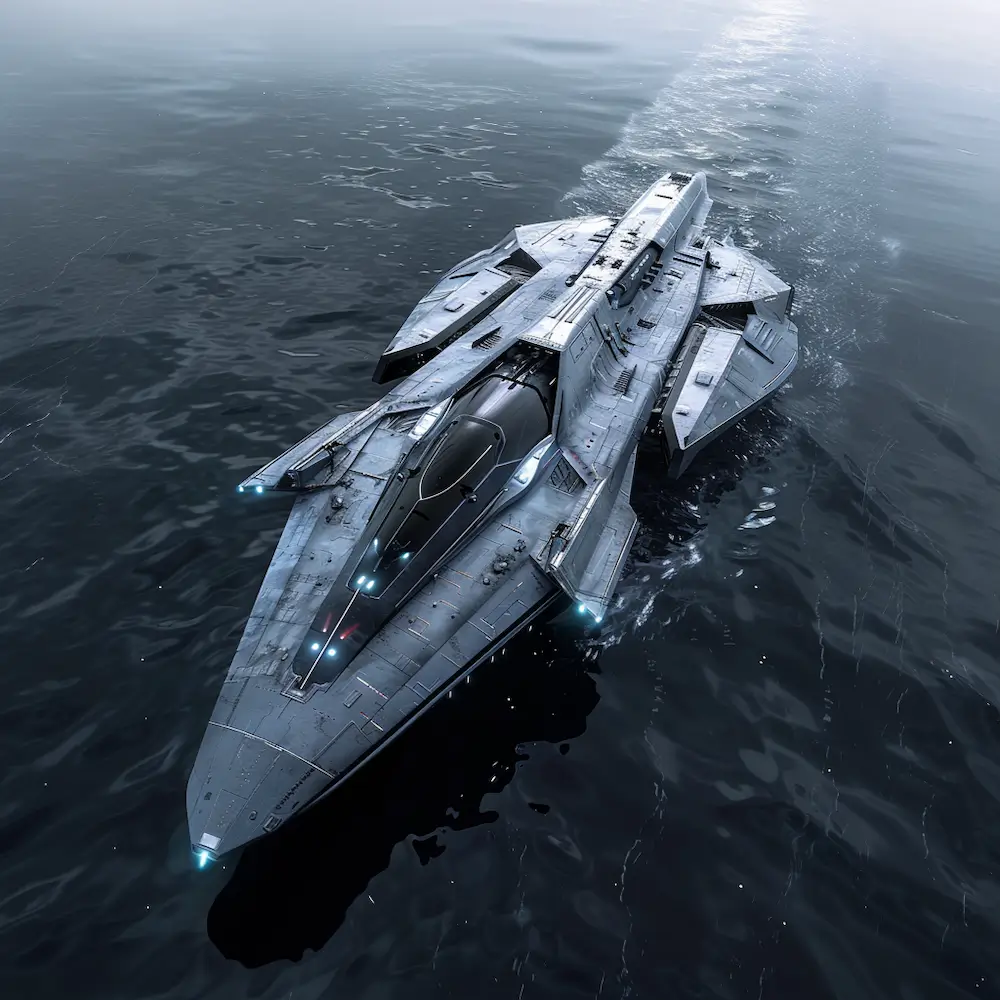The UH-60 Black Hawk helicopter stands as the cornerstone of the U.S. Army’s aerial operations, serving as its primary medium-lift utility transport and air assault aircraft. Designed as a twin-engined medium-lift utility helicopter, it boasts a robust design tailored for diverse operational needs.
Equipped with a single 4-bladed rotor and a 4-bladed tail rotor, the UH-60 Black Hawk ensures stability and maneuverability in various operational scenarios. Its crew typically consists of three members: pilot, co-pilot, and crew chief, facilitating efficient mission execution.
Originally designed to accommodate 11 combat troops alongside a crew of three, the UH-60A model serves a multitude of roles, including utility, air assault, medevac, command and control, and reconnaissance. Since its inception, the Army has continually adapted the Black Hawk, converting it for medevac purposes as early as 1981.
The aircraft’s versatility extends to its landing gear system, featuring a dragging tail wheel and optional landing skis for Arctic environments. Troop accommodations vary, with the capacity to transport up to 11 fully equipped combat soldiers or 20 lightly equipped personnel. Furthermore, the dedicated medevac variant can accommodate six litters, enhancing its role in casualty evacuation missions.
In addition to its troop-carrying capabilities, the UH-60A can support various external stores, including fuel tanks, Hellfire missiles, and mine delivery systems, through the External Stores Support System (ESSS). Its two General Electric T700-GE-701 turboshaft engines provide ample power, enabling sustained operations even in demanding environments.
Continuing the legacy of the UH-60A, the UH-60L represents an upgraded version, incorporating advancements such as hover IR suppression systems and improved cargo hook limits. With over 600 UH-60L helicopters delivered, production is set to continue, ensuring the Black Hawk remains at the forefront of Army aviation.
As a testament to its enduring significance, the UH-60 Black Hawk continues to evolve, embodying the Army’s commitment to excellence and innovation in aerial operations.
